From Masala Dabba to Salad Bowl: Easy Indian Swaps for Fancy Ingredients
Nabila Mulla | Wed, 16 Apr 2025
Looking to eat healthy without breaking the bank? In this article, we’re swapping out trendy superfoods for their desi counterparts that are just as powerful (and way more affordable!). From Jamun instead of goji berries to sattu over protein powder, discover how your masala dabba holds the secret to a healthier, budget-friendly lifestyle. Get ready to embrace Indian ingredients that do it better — no kale required!
Traditional Indian Ingredients
Ever stared at your salad bowl and thought, “This could use some tadka”? Same.
While international food trends have us reaching for quinoa, chia seeds, and avocado, let’s take a minute to appreciate what’s already in our kitchens — or better yet, what’s been in our masala dabba for generations.
Because guess what? That shiny new "superfood" trending in LA or Berlin? We’ve probably been using its better, sassier cousin for centuries — without the Instagram hype.
So, if you're trying to eat clean without burning a hole in your wallet (or pretending to like kale), here’s a desi guide to Indian substitutes for foreign ingredients that are healthier, cheaper, tastier — and straight-up iconic.
Goji Berries? Try Jamun
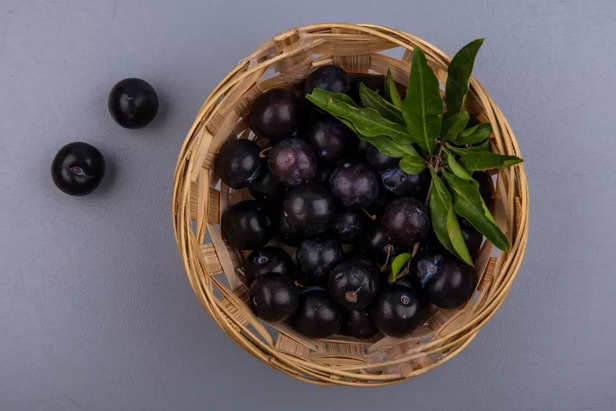
What wellness blogs say: Antioxidants! Collagen boost! Radiant skin!
What we say: Ever tried eating Jamun in the rain with kala namak on top?
Jamun (Indian blackberry) is high in vitamin C, iron, and anthocyanins — the same stuff that gives goji berries their superfood status. Plus, it helps regulate blood sugar and improves digestion.
Chia Seeds? Sabja’s Been Doing That Forever
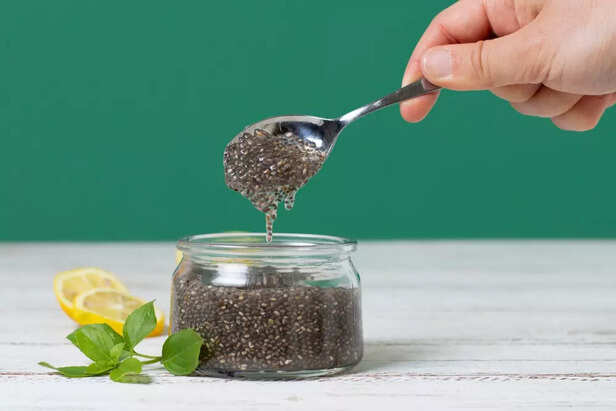
Sabja (basil seeds) walked so chia could run.
Used for centuries in drinks like falooda and rose milk, sabja seeds are rich in fiber, cooling for the body, and way easier on your wallet.
Quinoa? Let’s Talk Rajgira (Amaranth)
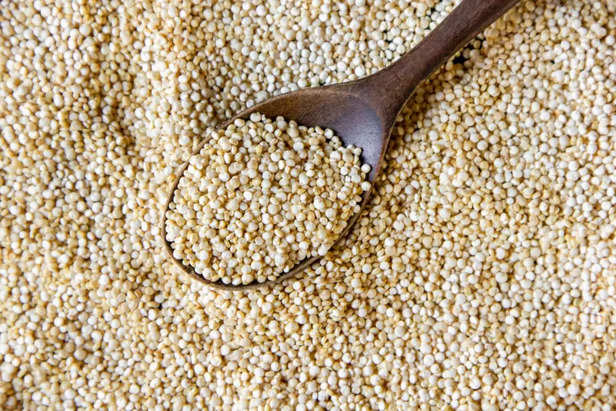
Yes, quinoa’s got protein. So does Rajgira — and it also packs calcium, iron, and nostalgia.
This tiny grain has fed generations of Indians through fasts, festivals, and everything in between. It’s gluten-free, protein-rich, and naturally warming for the body — ideal for Indian weather cycles.
Kale Who? Say Hello to Moringa
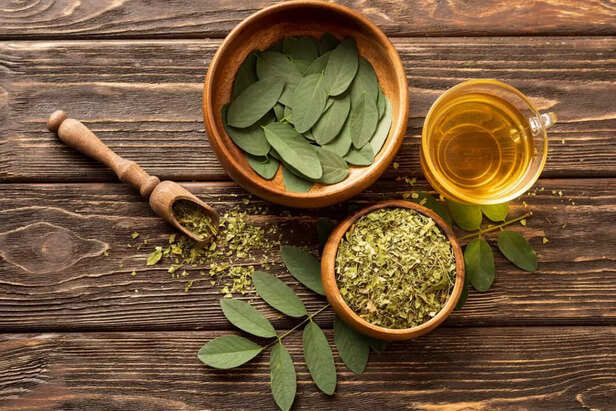
Kale is cool, but Moringa (a.k.a. drumstick leaves) is the real OG.
It has more iron than spinach, more calcium than milk, and more sass than your favorite influencer. Seriously — it’s anti-inflammatory, anti-aging, and pro-immunity.
Acai Berries? Amla FTW
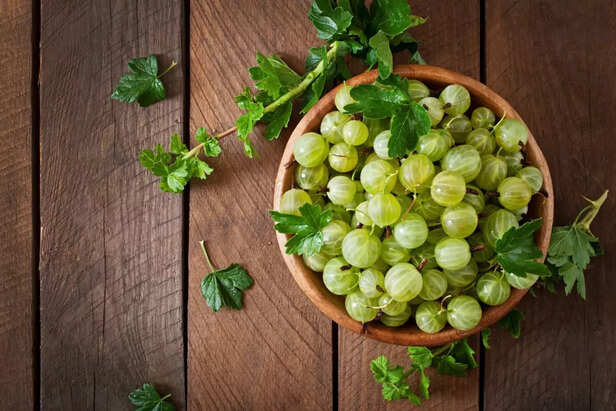
Amla (Indian gooseberry) may not look as photogenic on your breakfast bowl, but it will outdo any berry you throw at it.
Millets Over Quinoa, Always

Millets like ragi, jowar, and bajra aren’t just healthy. They’re sustainable.
They grow in drought-prone areas, require minimal resources, and are native to Indian soil — literally.
Chia Snacks vs. Makhana
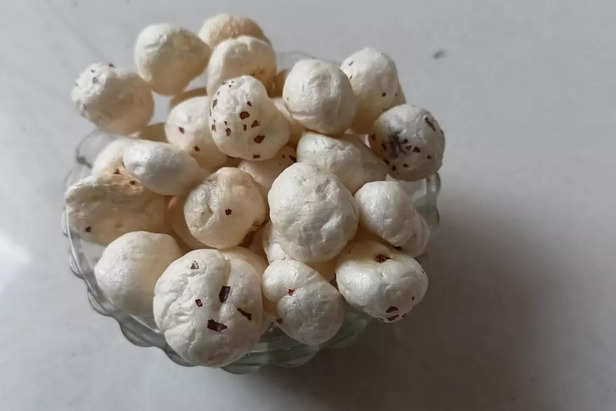
You know those overpriced “puffed superfood” packets? Makhana’s been doing that with more style and fewer chemicals since forever.
Matcha? Nah. Give Us Haldi

Matcha might look good in reels, but turmeric has been healing bodies and minds for millennia.
Protein Powder? Try Sattu
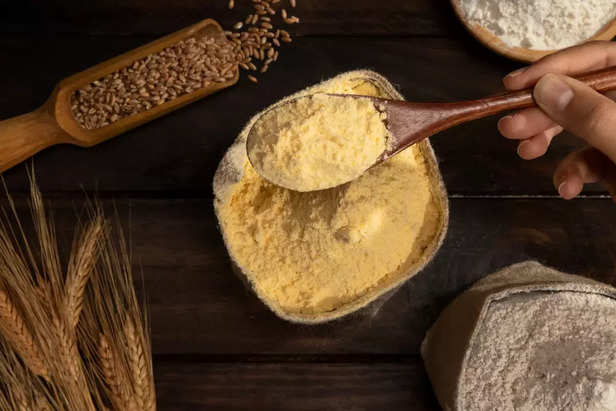
Forget overpriced protein shakes. Sattu is your affordable, wholesome alternative that’s been keeping Bihar and UP powered through summers for generations.
Want to build a salad that’s healthy but hits like chaat? Here’s your cheat sheet:
Base:
Crunch:
Dressing:
Tadka for that extra oof:
Why These Swaps Actually Matter (A Lot)

Let’s be real. Imported “superfoods” aren’t bad — they’re just not always better.
By switching to desi alternatives to foreign ingredients, you’re doing a lot more than saving money:
You Don’t Need to Eat Global to Be Well

So the next time you feel like your pantry lacks something exotic, open your masala dabba instead. You’ll find generations of wisdom, nutrition, and flavour — waiting to be celebrated.
Because healthy eating isn’t about going foreign, it’s about going back to your roots.
And honestly? That tastes better.
Unlock insightful tips and inspiration on personal growth, productivity, and well-being. Stay motivated and updated with the latest at My Life XP.
While international food trends have us reaching for quinoa, chia seeds, and avocado, let’s take a minute to appreciate what’s already in our kitchens — or better yet, what’s been in our masala dabba for generations.
Because guess what? That shiny new "superfood" trending in LA or Berlin? We’ve probably been using its better, sassier cousin for centuries — without the Instagram hype.
So, if you're trying to eat clean without burning a hole in your wallet (or pretending to like kale), here’s a desi guide to Indian substitutes for foreign ingredients that are healthier, cheaper, tastier — and straight-up iconic.
Goji Berries? Try Jamun

Fresh Jamun Berries
What wellness blogs say: Antioxidants! Collagen boost! Radiant skin!
What we say: Ever tried eating Jamun in the rain with kala namak on top?
Jamun (Indian blackberry) is high in vitamin C, iron, and anthocyanins — the same stuff that gives goji berries their superfood status. Plus, it helps regulate blood sugar and improves digestion.
- How to use: Add to fruit salads, blend into smoothies, or just eat them the old-school way: messy hands, purple tongue, no regrets.
Chia Seeds? Sabja’s Been Doing That Forever

Soaked Sabja Seeds
Sabja (basil seeds) walked so chia could run.
Used for centuries in drinks like falooda and rose milk, sabja seeds are rich in fiber, cooling for the body, and way easier on your wallet.
- Health flex: Aids digestion, soothes acidity, and helps you stay fuller for longer.
- Use it like this: Soak for 10 mins and add to lemonades, smoothies, or yogurt bowls.
Quinoa? Let’s Talk Rajgira (Amaranth)

Rajgira Grains
Yes, quinoa’s got protein. So does Rajgira — and it also packs calcium, iron, and nostalgia.
This tiny grain has fed generations of Indians through fasts, festivals, and everything in between. It’s gluten-free, protein-rich, and naturally warming for the body — ideal for Indian weather cycles.
- Use in: Porridge, laddoos, granola, or even as a salad base.
- Why switch: Budget-friendly, locally sourced, and doesn’t pretend to be bland on purpose.
Kale Who? Say Hello to Moringa

Moringa Leaves
Kale is cool, but Moringa (a.k.a. drumstick leaves) is the real OG.
It has more iron than spinach, more calcium than milk, and more sass than your favorite influencer. Seriously — it’s anti-inflammatory, anti-aging, and pro-immunity.
- How to eat: Stir it into dal, dry roast with coconut and chillies, or blend into smoothies if you're feeling experimental.
Acai Berries? Amla FTW

Amla Berries
Amla (Indian gooseberry) may not look as photogenic on your breakfast bowl, but it will outdo any berry you throw at it.
- Benefits: Immunity booster, skin clearer, hair strengthener — basically the original beauty food.
- How to use: Fresh juice in the morning, pickled on your plate, or as murabba when you're feeling extra.
Millets Over Quinoa, Always

Various Millets
Millets like ragi, jowar, and bajra aren’t just healthy. They’re sustainable.
They grow in drought-prone areas, require minimal resources, and are native to Indian soil — literally.
- Use in: Rotis, porridge, dosas, or grain bowls.
- Why it’s a power move: High in fiber, helps manage diabetes, and keeps you full longer.
Chia Snacks vs. Makhana

Makhana
You know those overpriced “puffed superfood” packets? Makhana’s been doing that with more style and fewer chemicals since forever.
- Health hack: Low-cal, high-protein, good for kidneys and digestion.
- Eat it like this: Roast in ghee, sprinkle some peri-peri masala (or good ol’ chaat masala), and it’s better than any imported “wellness snack”.
Matcha? Nah. Give Us Haldi

Fresh Turmeric
Matcha might look good in reels, but turmeric has been healing bodies and minds for millennia.
- What’s in it: Curcumin, antioxidants, and anti-inflammatory powers.
- How to use: Turmeric latte (aka haldi doodh), turmeric tea, or as part of literally every Indian curry ever.
Protein Powder? Try Sattu

Sattu Flour
Forget overpriced protein shakes. Sattu is your affordable, wholesome alternative that’s been keeping Bihar and UP powered through summers for generations.
- What it does: Packed with protein, good for digestion, cooling, and energizing.
- Have it like this: Mix with lemon, water, cumin, and salt for a killer summer drink. Or roll it into parathas if you're hungry-hungry.
Want to build a salad that’s healthy but hits like chaat? Here’s your cheat sheet:
Base:
- Spinach (Palak)
- Methi leaves (slightly bitter but fab with lemon)
- Cabbage or shredded lauki (trust us)
Crunch:
- Roasted makhana
- Moong sprouts
- Toasted peanuts or sesame
Dressing:
- Hung curd + lemon + roasted jeera
- Tamarind pulp + honey + olive oil
- Mint chutney thinned with yogurt
Tadka for that extra oof:
- Mustard seeds + curry leaves + sesame oil
- Hing + jeera + a squeeze of lime
Why These Swaps Actually Matter (A Lot)

Support Local Farmers
Let’s be real. Imported “superfoods” aren’t bad — they’re just not always better.
By switching to desi alternatives to foreign ingredients, you’re doing a lot more than saving money:
- Supporting local farmers
- Eating seasonally and sustainably
- Keeping your health game high and your budget low
- Staying connected to your roots
You Don’t Need to Eat Global to Be Well

Healthy Indian Salad
So the next time you feel like your pantry lacks something exotic, open your masala dabba instead. You’ll find generations of wisdom, nutrition, and flavour — waiting to be celebrated.
Because healthy eating isn’t about going foreign, it’s about going back to your roots.
And honestly? That tastes better.
Unlock insightful tips and inspiration on personal growth, productivity, and well-being. Stay motivated and updated with the latest at My Life XP.
Frequently Asked Questions (FAQs)
- What traditional ingredients are used in India?
Common traditional ingredients in Indian cooking include spices like turmeric, cumin, coriander, ginger, garlic, and rice, as well as lentils, ghee, and yogurt. - Which is the main ingredient used in South Indian recipes?
Rice is the main ingredient in South Indian cuisine, often paired with lentils, coconut, and a variety of spices like mustard seeds and curry leaves.











